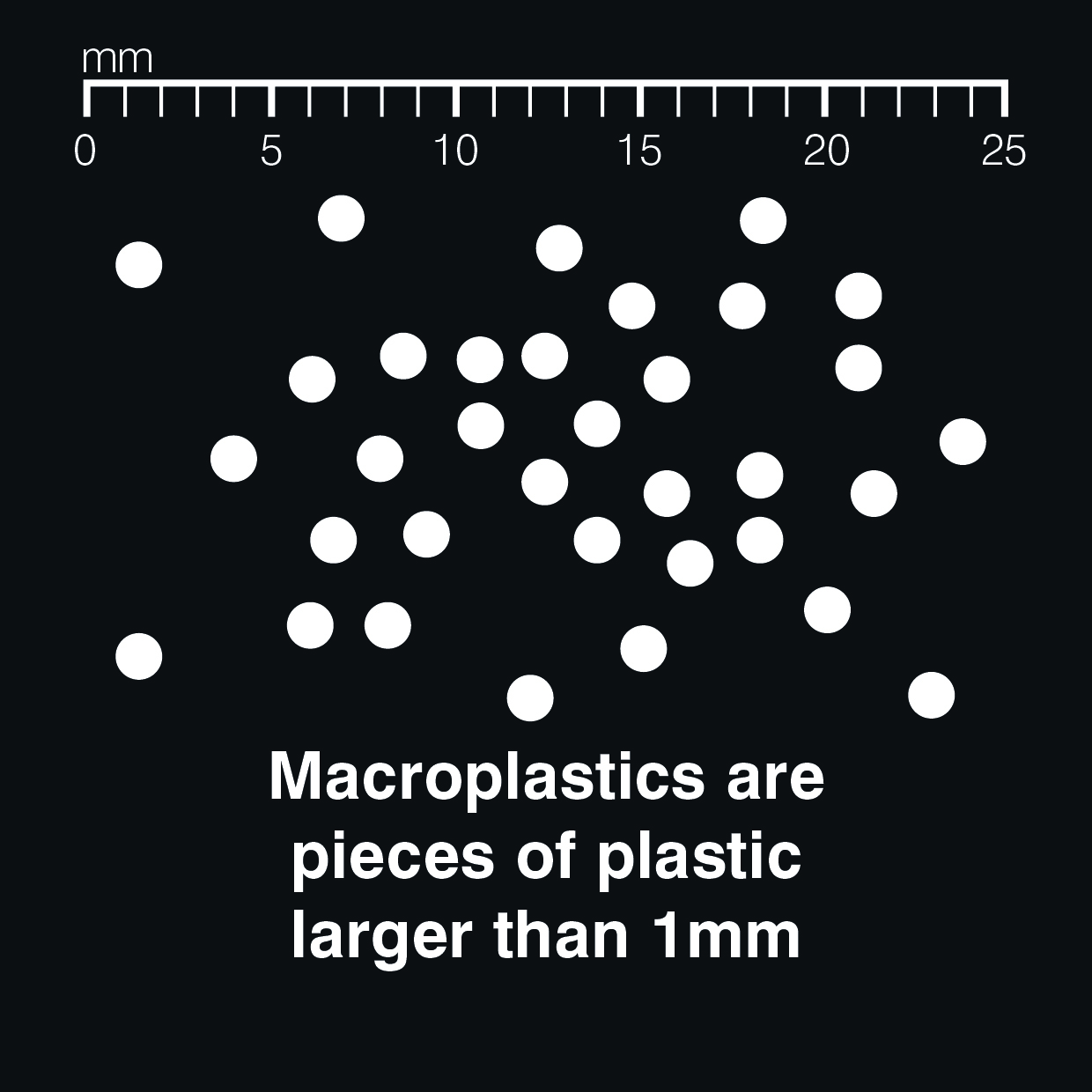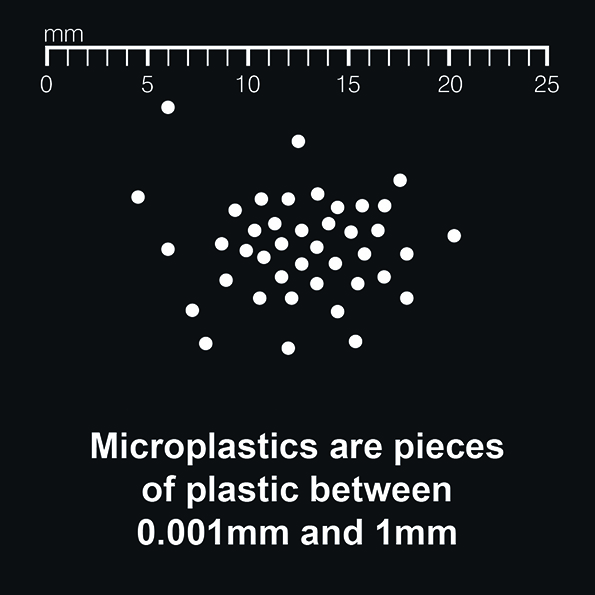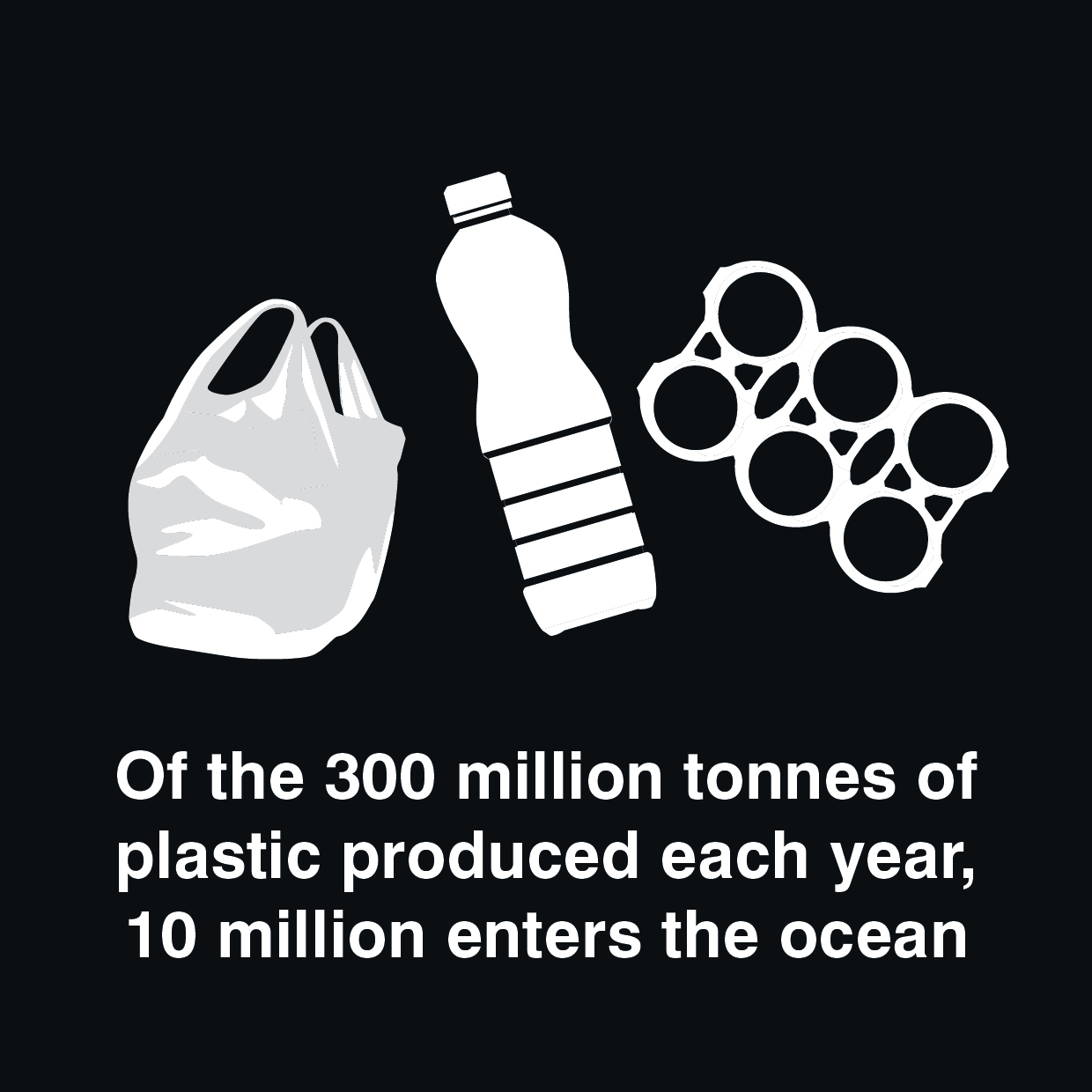Plastics in the Ocean
The visible effects of plastic entering the ocean are sadly all too clear to us now, and unfortunately our research shows that visible plastic is just the tip of this iceberg. How much more might there be and what impact is it having on the delicate ocean ecosystem?
Read more about ocean plastics










